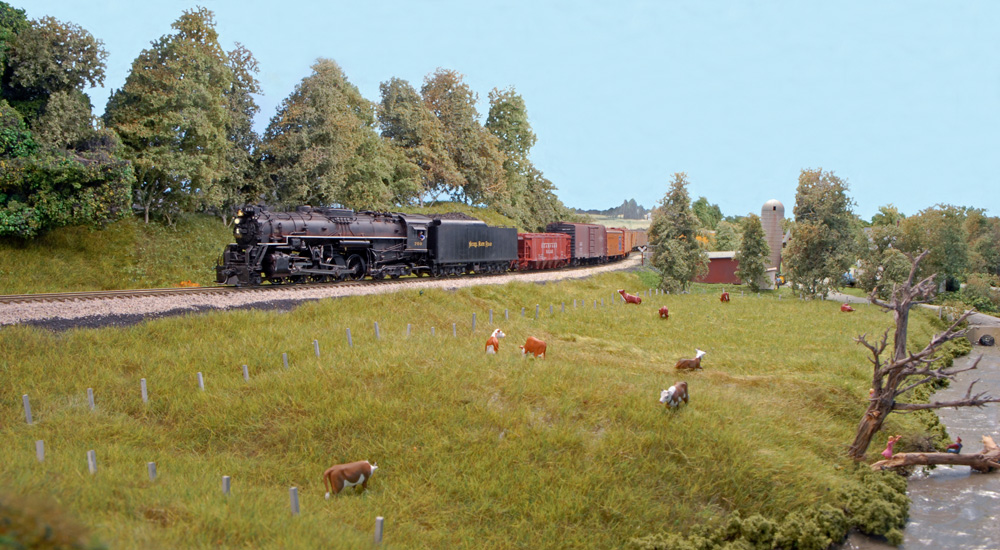
One of the most important decisions facing any model railroader is choosing an era to model. Choosing what railroad to model is arguably easier. You may choose to model the railroad that ran through your hometown when you were young and impressionable, or perhaps a railroad you often see today. But in either case, that immediately leads you to choosing an era to model – then or now.
We’re very fortunate to live in a time when we can choose almost any railroad set in almost any “then” and easily find factory-painted and factory-assembled locomotives and rolling stock for the railroad and period. That allows us to spend our limited free time designing and building the model railroad on which to put these wonderful scale models to work.
But if your favorite railroad has not been blessed with factory support, there are usually decal sets and prototypical paint colors that make it relatively easy to paint and letter our locomotives and, depending on era, cabooses and passenger cars. Model Railroader has printed numerous articles on decorating diesels and cars for a specific prototype; for example, see the Step By Step articles “Paint, decal, and weather a locomotive” (December 2016), “How to model a locomotive in fresh paint” (November 2018), and “Strip, paint, and decal a caboose” (January 2022).
Era selection
Even if you’re modeling today’s railroading, most often, you have some homework to do. If you’re modeling a specific railroad, as I am, or basing your freelanced railroad on a specific prototype or two, that makes doing the required research much easier. Most railroads have historical and technical societies dedicated to rooting out all of the myriad details of interest to historians and modelers alike. A Google search will lead you to most of them.
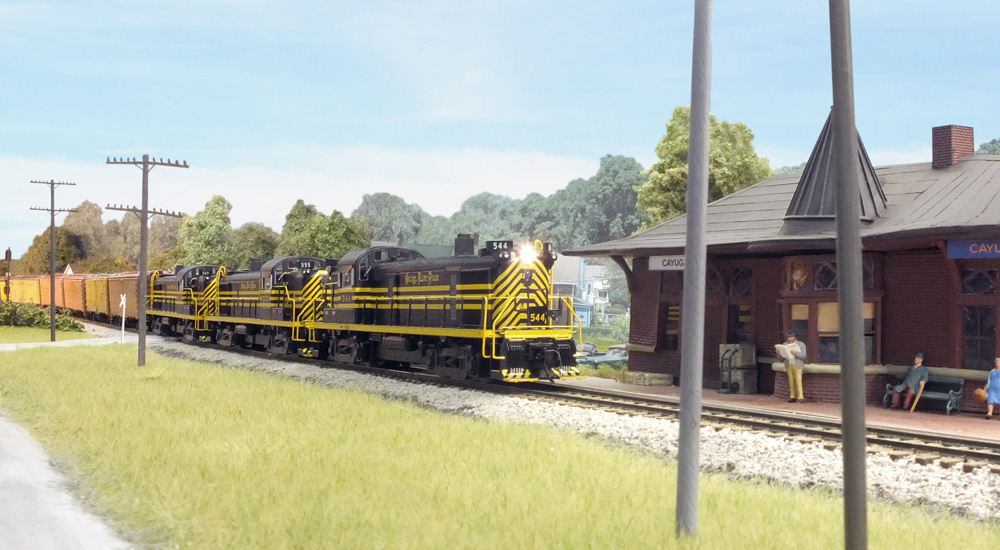
Let me use my own railroad as an example. I grew up along the St. Louis Division of the former New York, Chicago & St. Louis RR, better known by its nickname, the Nickel Plate Road. Back in 1966, Glenn Pizer and I founded the NKP Historical & Technical Society, which has about 800 members and extensive archives in Buffalo, N.Y. We produce a quarterly, full-color, 32-page magazine, a monthly newsletter, and a three-times-annually Modeler’s Notebook. Current and back issues of MN are available at no charge to members and nonmembers alike through our website: nkphts.org.
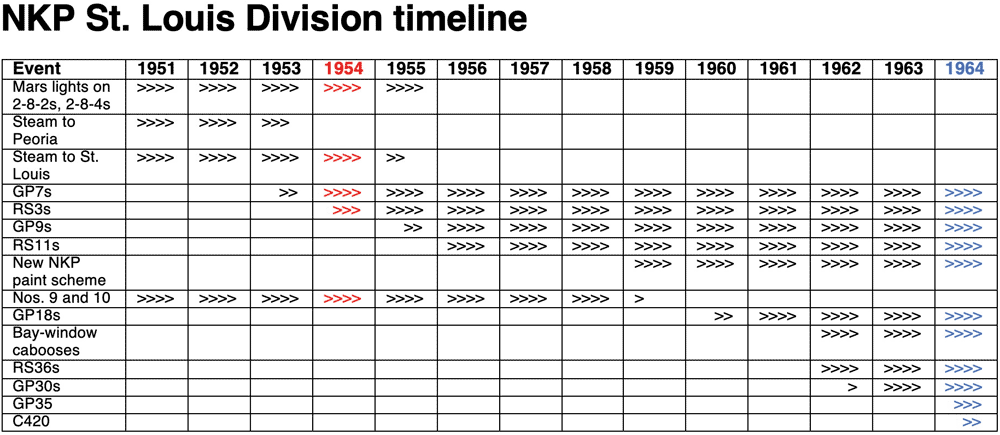
I admire the NKP’s steam fleet, especially its 2-8-4 Berkshires and 2-8-2 Mikados. I enjoy operating my railroad during the busy grain-rush season in the fall. And I have always been a fan of Alco’s RS3 road switchers, also called hood units, and Alco’s elegant, long-nosed PA1 passenger units. Using information available through Society publications, I created a timeline table that shows the dates when key examples of locomotives and other items of interest entered or ended service. The RS3s arrived in the spring of 1954, steam was withdrawn from the St. Louis Division in July 1955, and the PAs were in use here through about 1958. That meant modeling the fall grain rush in 1954 was by far the most logical choice – simple as that.
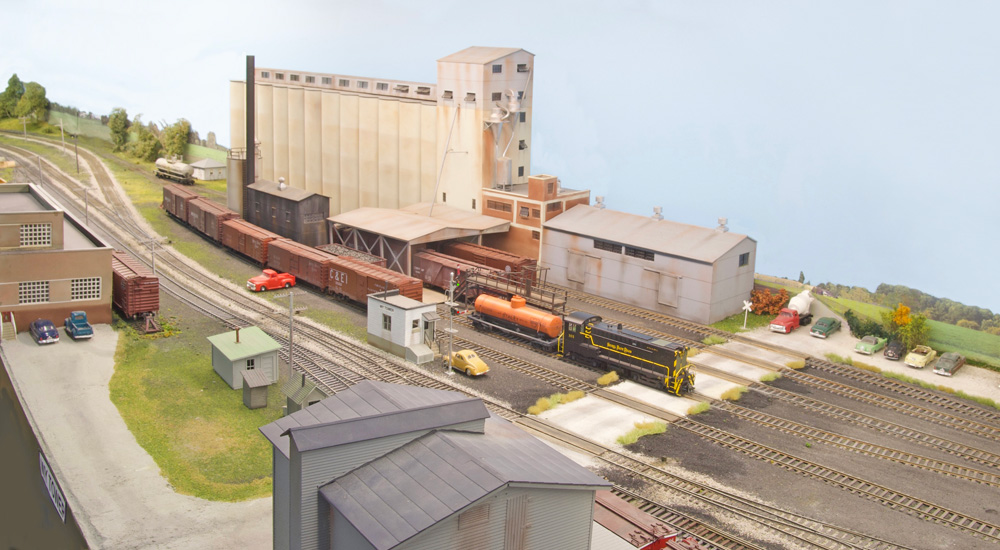
The date a key industry on your line was built or ceased rail service can also determine a key bookend when you’re choosing an era to model. My research showed that the St. Louis Division’s largest customer, a Swift soybean-processing plant at Frankfort, Ind., was erected in the mid-1940s. Similar information led Jack Burgess, who faithfully models California’s famous Yosemite Valley RR, to refine his time period down to a single month: August 1939!
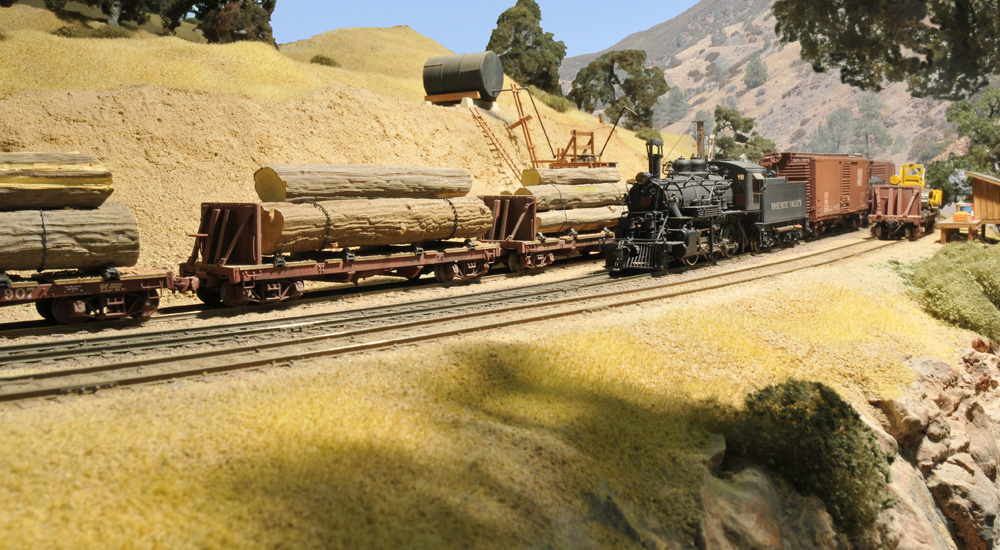
Other key dates of concern when choosing an era to model are when a short or branch line was abandoned, or perhaps an entire railroad shut down. Watch for indications of when a branch or an entire railroad was at its busiest, especially for the narrow gauge railroads. Toward the end when many of the most appealing prototype photos were taken, service was down to a train a day, if that.
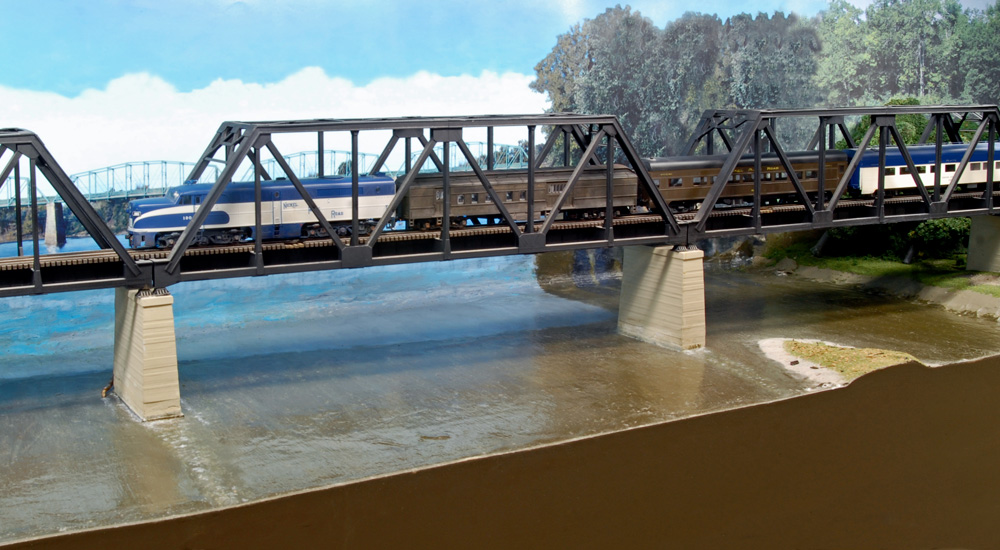
You may have to do some digging to find out when a short line or regional railroad started up, when your railroad adopted its sharp new paint scheme, when passenger service began and ended, and so on. Hitting the books, so to speak, is one of the most rewarding aspects of scale model railroading. Our hobby is about much more than “modeling.”
Saving time and money
Although choosing a prototype, or even a section of a prototype, and then an era for your layout to depict may sound restrictive, it’s actually quite liberating. Since I model 1954, for example, I know those beautiful Pullman-Standard PS-2 covered hoppers that Kadee keeps parading by me are a year too new. The 1955-and-newer Built and New dates clearly printed on the sides of those covered hoppers tell me so. I can thus confine my purchases not to what happens to be visually appealing, but to what fits within the end date of my chosen era.
One caveat, however. While a little fudging of end dates can lead to a lot of fudging of end dates, there’s little danger of the Anachronism Police paying you a visit any time soon. If a model that’s a bit beyond your timeline has irresistible appeal, go with the flow. This is a hobby, after all.






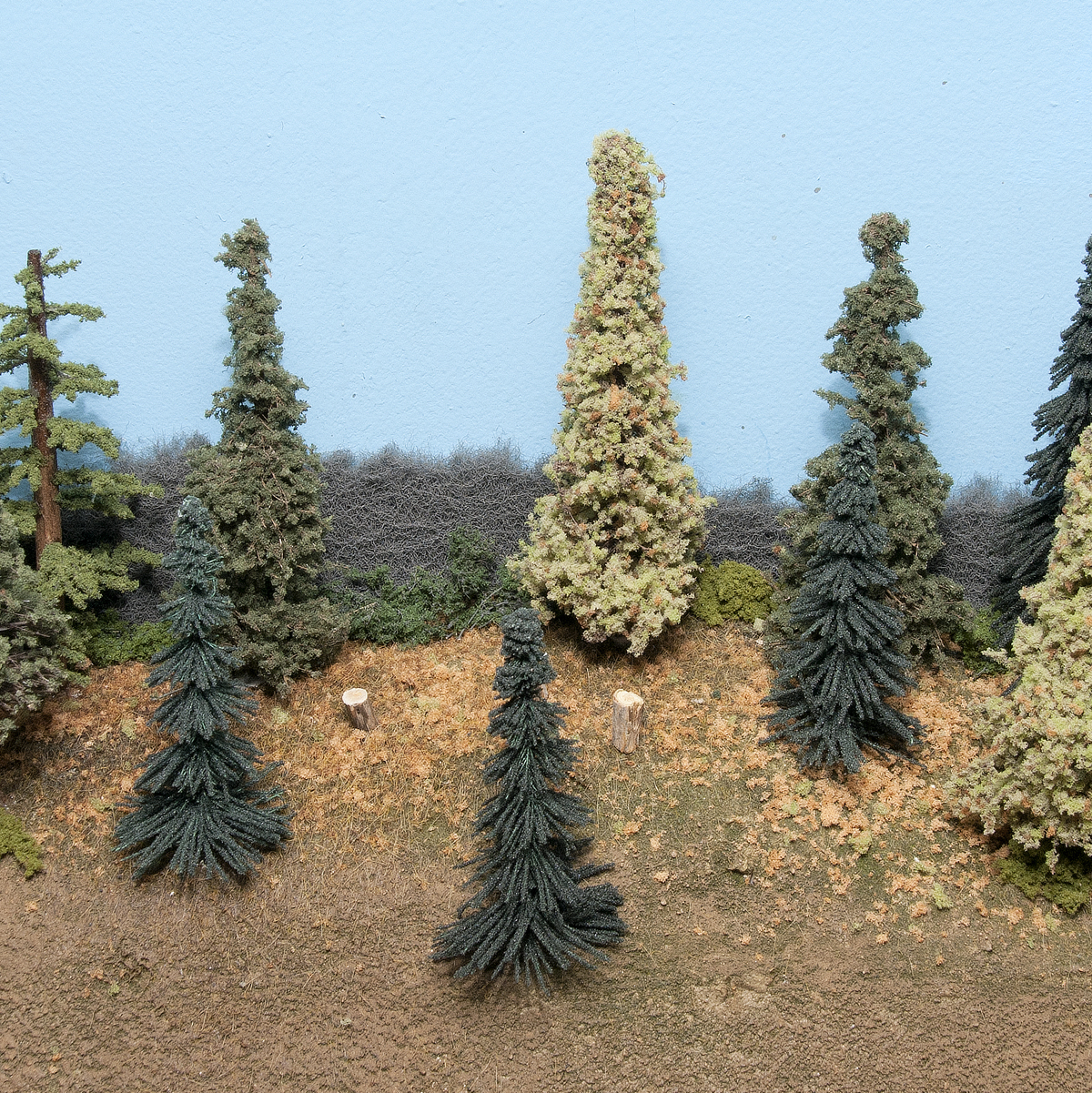
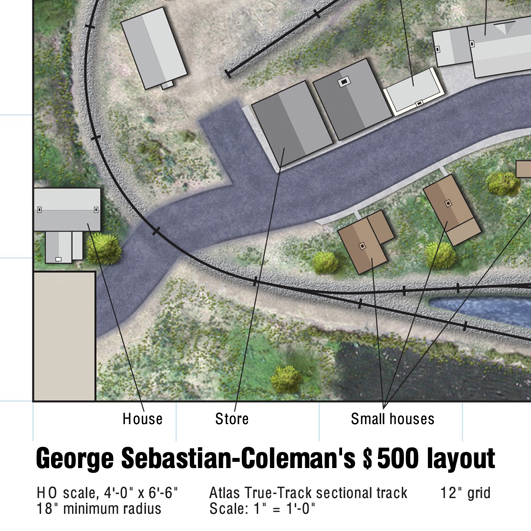
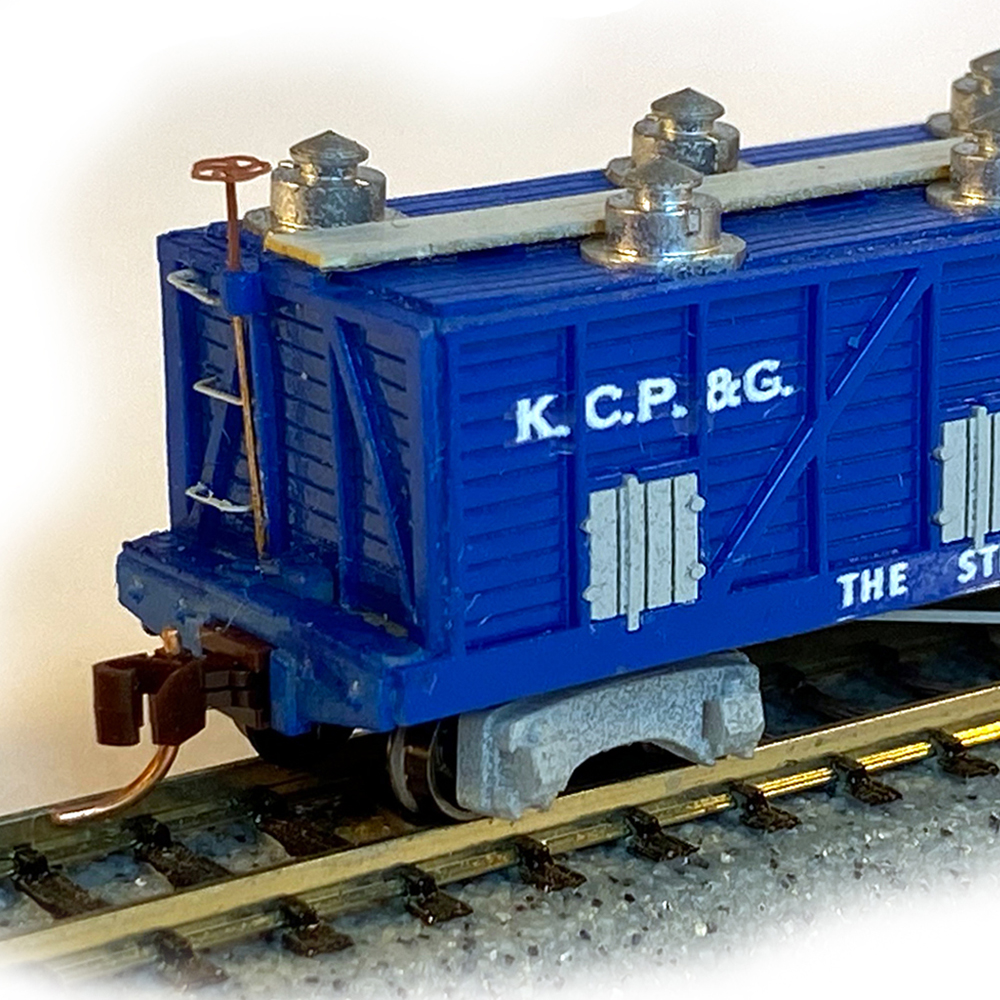
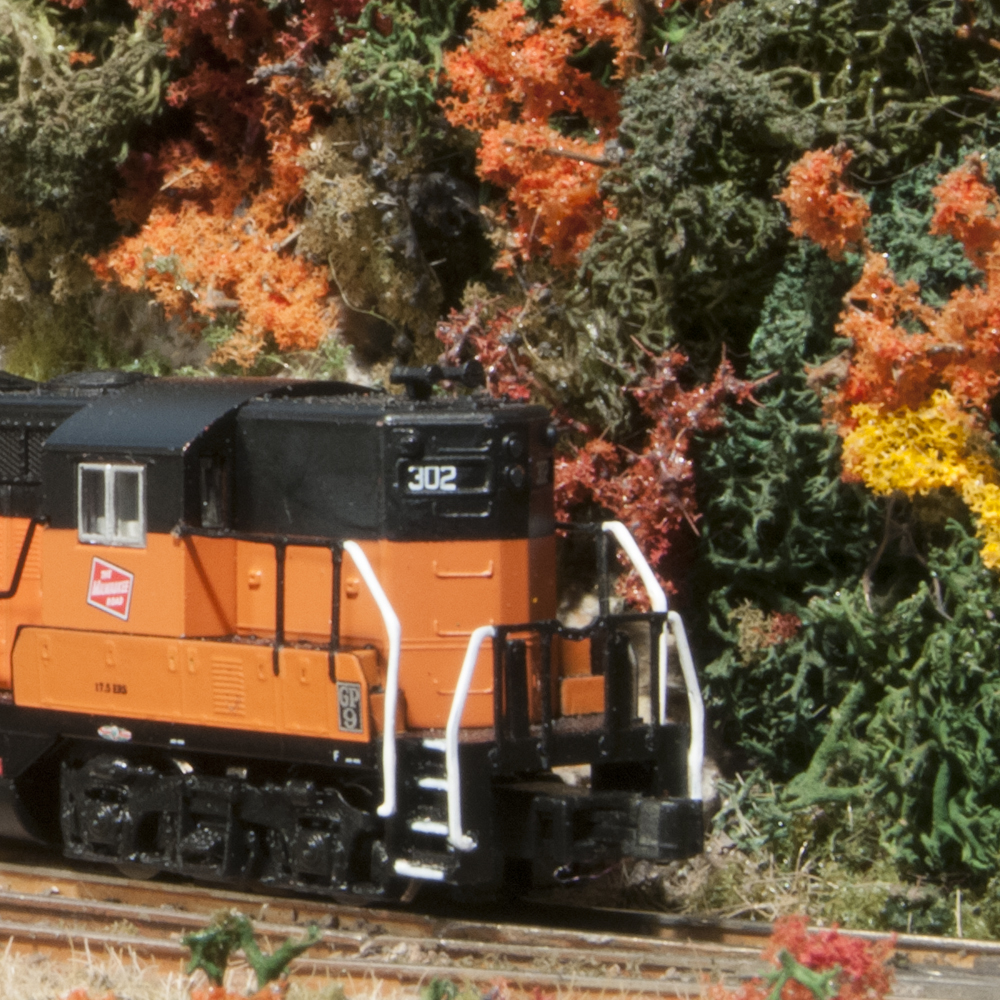




I live in a studio apartment in Orlando, Florida but was blessed to have a large closet that I made into my train room but still not that large to support a large layout but I like mainline operation and I like running passenger trains so I model Amtrak with an occasional commuter train thrown in. Since Kati manufactures great running and realistic locomotives and cars that Amtrak operates as well the choice was very easy for me to model. I have always liked to operate passenger trains so this was very easy for me to model. Mainline operation with Amtrak passenger trains works perfectly for me Joseph C. Markfelder
Great article. I’m in the middle of building a new N Scale RR after about 20 years of putting my HO RR on the shelf. It’s making me think rethink what time period I want. I’m leaning toward late 50’s.
Another caveat on the last sentence is “It’s my railroad”! And people who start checking on the dates of my freight cars might best be known as “nit pickers”!
I like the concept, however. New modelers or returning need to also think about this subject from another perspective. I live in Appalachia, this allows me to model different eras from the 40s to 2015 just by changing the autos in the parking lots and drive ways. At the 1st of the year I am starting a you tube channel and podcast to help answer some of these questions. It will be called
Run eight and sand
Please check it out .
Tony
Love the article.
Mike L in Rome NY